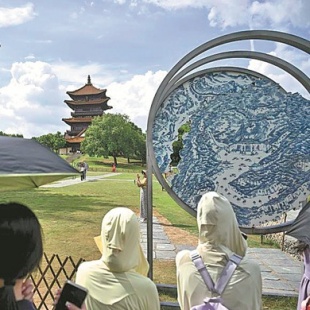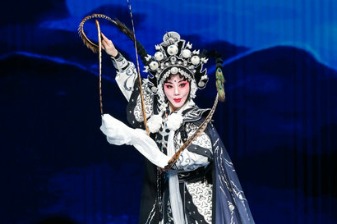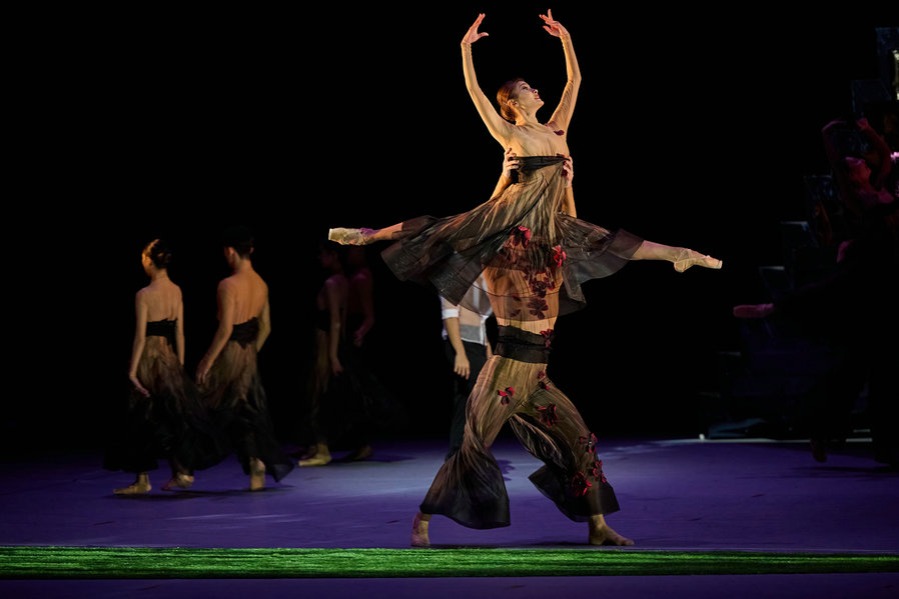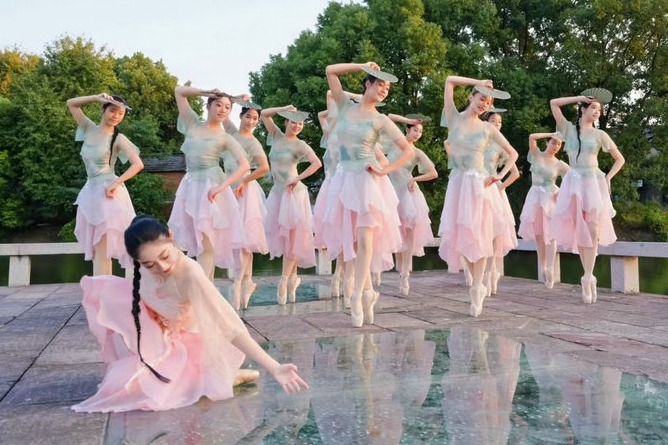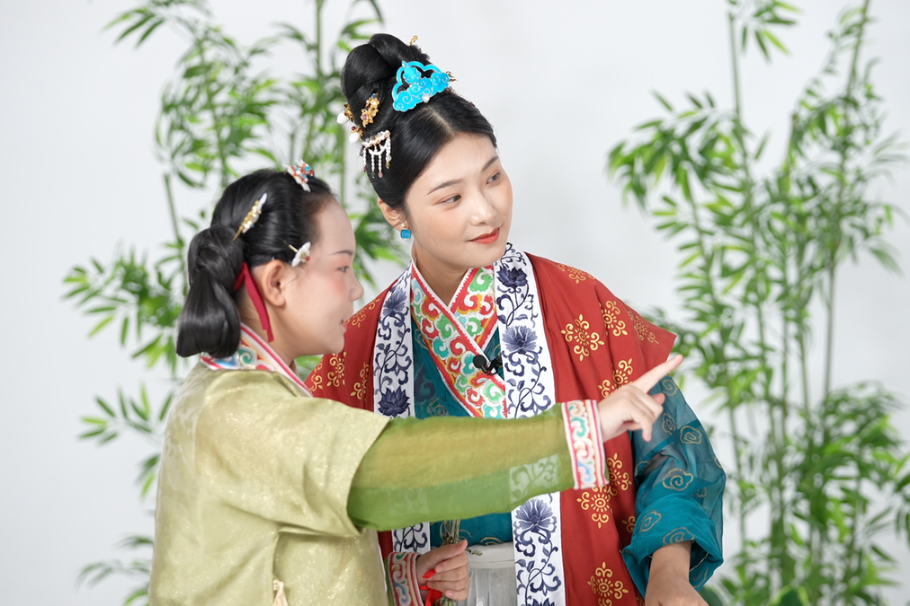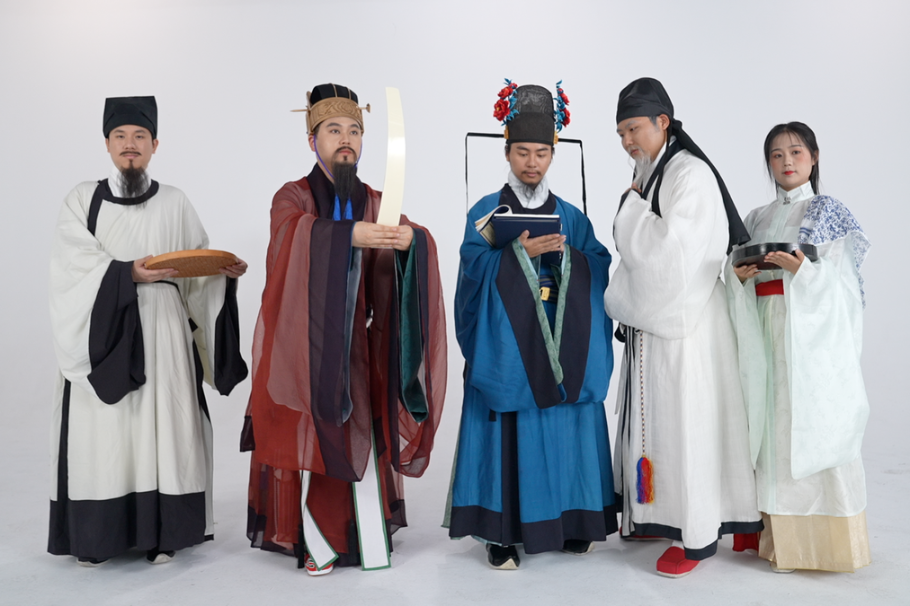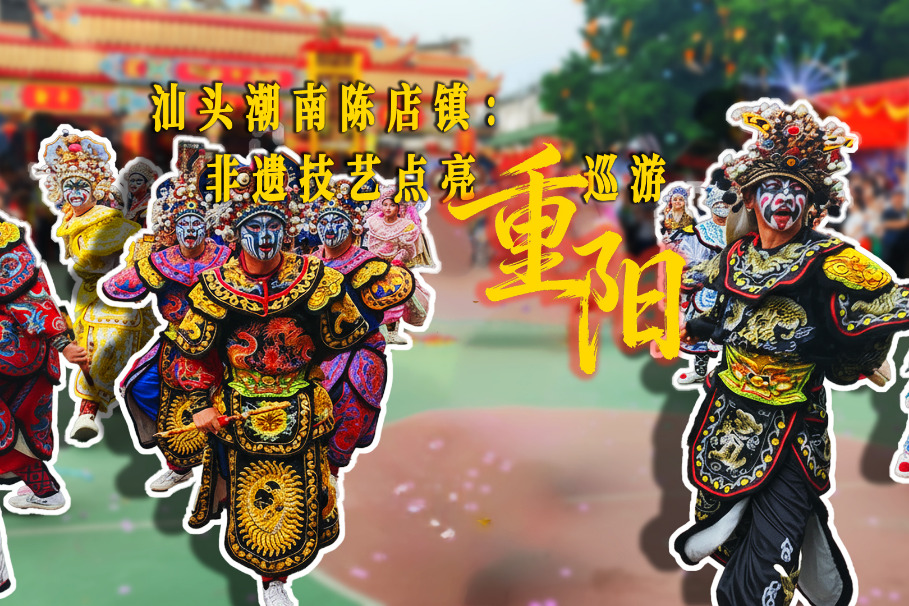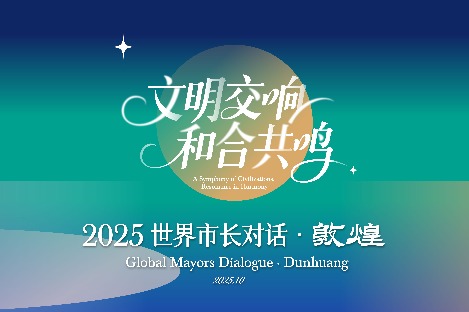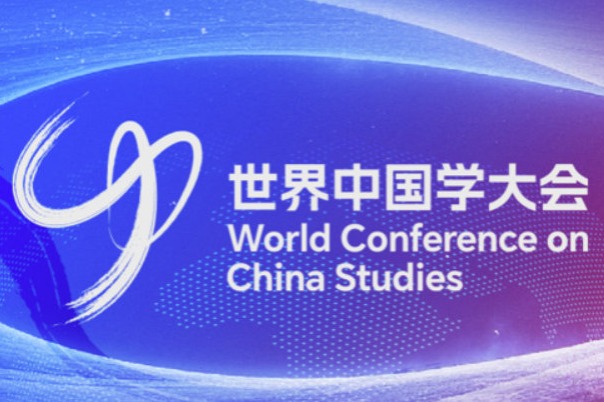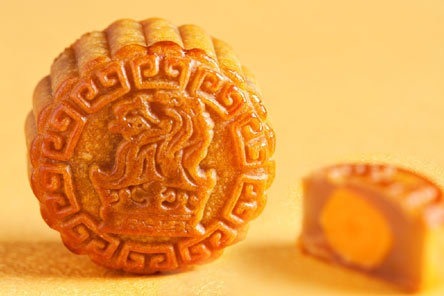Turkish ceramicist molds deep connections

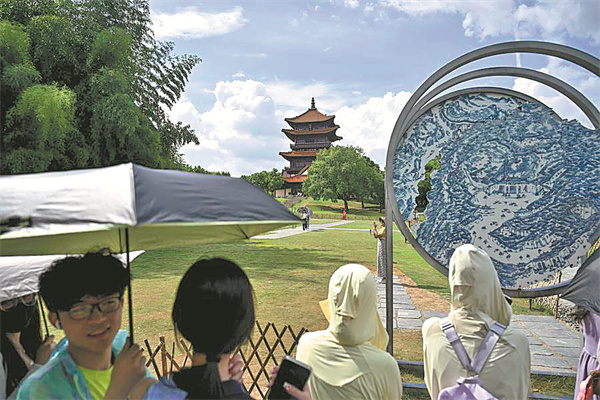
At the International Ceramic Studio of China's Jingdezhen Ceramic University, Turkish artist Pelin Dal meticulously fires shards in a spectrum of glazes before reassembling them into striking new forms, blending Turkiye's traditional mosaic techniques with the art of porcelain.
"It's akin to cultural exchange," Dal explains. "Each shard retains its unique character while contributing to a cohesive, novel whole."
This creative interplay is rooted in her childhood memories. Dal's aunt, a frequent business traveler between Turkiye and China, would return home laden with exquisite gifts, including fine porcelain from Jingdezhen in East China's Jiangxi province. Those delicate pieces sparked young Dal's imagination and ultimately steered her toward ceramic arts in college, and two years ago, to Jingdezhen.
Dal is part of a burgeoning international community drawn to this world-renowned "porcelain capital". The city actively courts global artists through residency programs that cover living expenses, offering a platform to unleash creativity and foster cross-cultural dialogue.
"The chance to live here, create ceramic works, exhibit, and exchange ideas with fellow international artists is invaluable," Dal says.
China's rich traditions continue to inspire her work. During her first Spring Festival celebration, she was mesmerized by the dragon dance performances, an experience that found its way into one of her signature pieces — a yellow earthenware plate featuring a Chinese dragon wreathed in auspicious clouds at its center, encircled by delicate lilac flower patterns beloved in Turkish culture.
"The dragon holds great significance for the Chinese," Dal says. "I wanted to unite it with flowers that carry a beautiful significance in Turkiye."
This artistic exchange echoes centuries of history. In ancient China, Jingdezhen saw batches of ceramics exported to Central Asia, West Asia, Europe, and Africa via the Silk Road.
Turkiye, located at the crossroads of Asia and Europe, shares an enduring bond with Jingdezhen ceramics.
"We've seen Persian inscriptions on Yuan Dynasty (1271-1368) ceramics excavated right here in Jingdezhen," says Du Jianbo, a researcher at the Jingdezhen China Ceramics Museum. "Historical records show that Persian craftsmen actually participated in designing, painting, and producing Jingdezhen ceramics."
Some 800 years ago, waves of Turkish merchants traversed the Silk Road to reach Jingdezhen, carrying exquisite Chinese blue-and-white porcelain back to Turkiye. These treasures graced royal courts and profoundly influenced Turkish ceramic culture.
Today, Istanbul's Topkapi Palace houses the world's largest collection of Chinese blue-and-white porcelain outside of China, serving as a testament to this enduring cultural bridge.
Now, a new generation of Turkish students, artists, and entrepreneurs has once again made the journey to this ceramic heartland, becoming part of a vibrant community known locally as jingpiao. Much like Beijing's beipiao, jingpiao refers to those who've chosen to live, create, and chase their dreams in the ancient porcelain capital.
Dal is pursuing her doctoral degree at a university in Jingdezhen. Last winter, she joined seven other young Turkish artists in mounting a porcelain exhibition, showcasing how Jingdezhen's time-honored ceramic traditions blend with diverse international artistic perspectives.
"In Jingdezhen, it doesn't matter what nationality you are or whether you speak Chinese. Porcelain serves as a universal language that connects hearts and minds across all boundaries," Dal says.


